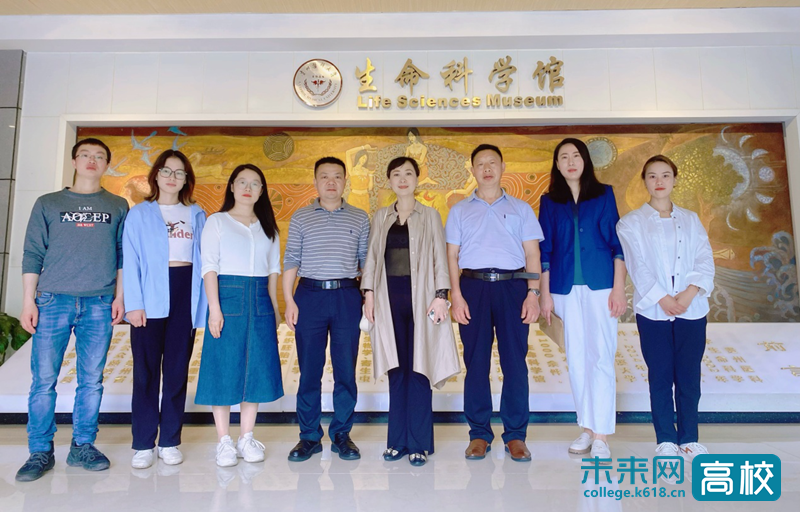Eugene Nada: Father of Contemporary Translation Theory
Author:Catti center Time:2022.07.10
Eugene Nida is an outstanding translator and translator theorist. It is famous for the "dynamic peering" translation theory and is known as the "father of contemporary translation theory". He was born in Oklahoma, USA in 1914, graduated from the University of California, Los Angeles in 1936. In 1939, he obtained a master's degree in the study of the Greek New Testament in the University of Southern California. Then he served as an executive secretary in the Translation Department of the American Bible Society (ABS) for a long time. After retiring in 1984, he served as a consultant. Nada is also an outstanding linguist, as president of the American Language Society (LSA) in 1968. He died at the age of 97 in Brussels, Belgium in 2011.
Needa's major academic activities were carried out around the Bible translation. During the translation of the Bible, he developed a set of his own translation theory from reality, and eventually became one of the classics of translation research. Based on the essence of translation, Needa officially proposed the famous "dynamic equivalence" translation theory in 1964.
In 1969, he replaced the "dynamic peer" with "functional equivalence", which believes that translation means communication, depending on what people who listen or read translations can understand. According to his point of view, judging the advantages and disadvantages of the translation cannot stay in the comparison of the corresponding words, grammatical structure and rhetoric means. It is important to understand the correct understanding of the person who contacts the translation; The fundamental thing is to compare the original readers and translation readers how to understand the original and translation. Needa emphasized that "translation is the most appropriate, natural, and pair of language to reproduce the original text from semantic to style."
Nada's definition of translation pointed out that translation is not only a compailing in the sense of vocabulary, but also includes the equivalent of semantics, style and style. The peers in "dynamic peering" include four aspects: vocabulary, equivalent, chapter -to -equivalent, and stylistic peers. In these four aspects, he believes that significance is the most important and second; form is likely to hide the cultural significance of the original text and hinder cultural exchanges. According to Nada's translation theory, people should use the four aspects of dynamic equivalence as the principle of translation, and accurately reproduce the cultural connotation of the original text in the translation. His theory is continuously supplemented and improved in practice, and its development can be roughly divided into three stages: describing linguistic stages, communication stages, and symbolic stages. The essence of his theory has also changed from the descriptive nature to the convention.
As one of the representatives of the theory of linguistics, Needa took the lead in introducing information theory, symbolism, and interpretation of translation theory. In the history of translation history, the principle of social benefits (readers' reactions) was also included in the translation standard. This not only has found a sufficient theoretical basis for translation to become an independent discipline, but also makes the interdisciplinary bridge of translation more significant. In China, Nada's translation theory introduced the earliest and most, and the most impact in contemporary Western translation theory. In particular, the open translation theory principles proposed by Needa broke the standards of static analysis translation in traditional Chinese translation theory, and received the acceptance of the majority of Chinese translation theorists and translators. For more than 30 years, Needa and its translation theory have been a hot topic in the translation industry in China.
Nada has reached nearly a hundred countries in his life, gave lectures in more than 100 universities, and had 13 academic exchanges in China. The author remembers: In October 1997, Nada participated in the "Symposium on the Foreign and Foreign Translation Seminar" held at Shanghai Foreign Studies University. At the invitation of the meeting, Professor Zhou Haizhong, his forgotten year, and famous scholar, introduced Nada's important contributions to translation disciplines and his academic thoughts. In addition, he also introduced Nada's significant influence on the Chinese translation community and the selfless help of post -learning.
Needa is well -known for his knowledge of scholars and works. He published more than 40 books alone or cooperated with more than 250 papers. In addition, he also has 13 reference books for translators of the Bible. His first masterpiece was "Bible Translation" published in 1946. The most influential is "Toward A Science of Translating" published in 1964, followed by 1969 in 1969 The theory and Practice of Translation, which is co -authored with Charles Taber. Nada's rich academic achievements are inseparable from his spirit of dedication, continuous exploration, and seeking truth from facts.
Nada became a Christian when he was a teenager, and accepted the call of "Christ for my savior" in the church.But he is a person who strictly separates academics and religion; he never talks about irrelevant to academics in academic occasions.Professor Ye Zinan, the translator theory, wrote the matter in the fifth issue of "Chinese Translation" in 2011.Because Nada has a high popularity and influence in the academic world, when he died, the mainstream media in the United States and Britain, such as the New York Times, the Wall Street Journal, the Washington Post, and the Daily TelegraphIt is reported and given a high evaluation to his academic contributions.Source: Guangming.com
Author: Huang Hongda
- END -
Guizhou National University Intangible Cultural Heritage Museum goes to Guizhou Medical University Basic Medical College of Life Sciences Museum to inspect and exchange

On June 17, the faculty and employee of the Intangible Cultural Heritage Museum of...
Open this book and find the answer to life!

End a big test of lifeThe wider world is waiting for you to open upThe brilliant f...